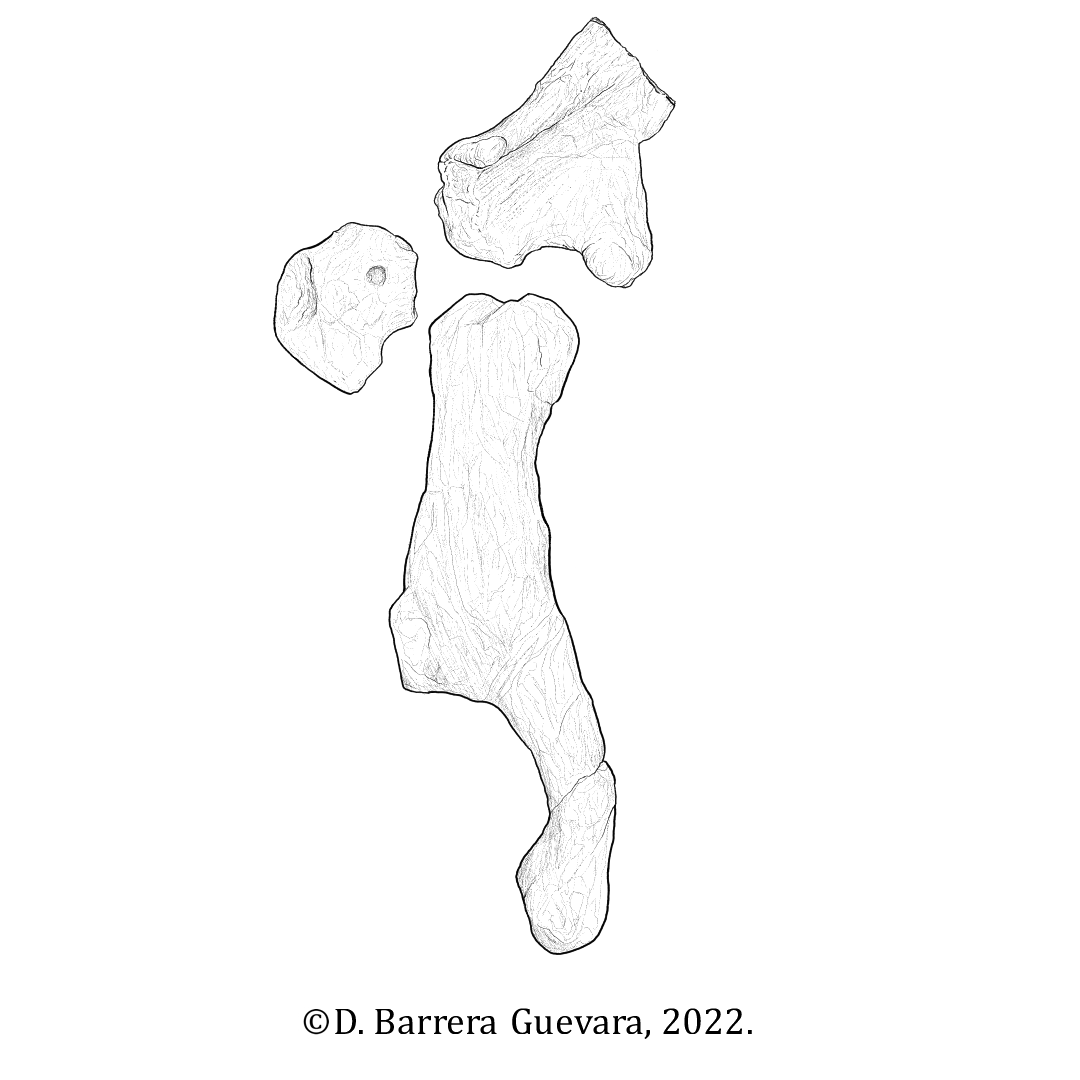Latirhinus on:
[Wikipedia]
[Google]
[Amazon]
''Latirhinus'' (meaning "broad nose" from the
 ''Latirhinus'' was originally thought to be similar to the saurolophine ''
''Latirhinus'' was originally thought to be similar to the saurolophine ''
Latin
Latin (, or , ) is a classical language belonging to the Italic branch of the Indo-European languages. Latin was originally a dialect spoken in the lower Tiber area (then known as Latium) around present-day Rome, but through the power of the ...
''latus'' (broad) and Greek
Greek may refer to:
Greece
Anything of, from, or related to Greece, a country in Southern Europe:
*Greeks, an ethnic group.
*Greek language, a branch of the Indo-European language family.
**Proto-Greek language, the assumed last common ancestor ...
ῥίς, ''rhis'' (nose)) is an extinct genus
Genus ( plural genera ) is a taxonomic rank used in the biological classification of extant taxon, living and fossil organisms as well as Virus classification#ICTV classification, viruses. In the hierarchy of biological classification, genus com ...
of lambeosaurine
Lambeosaurinae is a group of crested hadrosaurid dinosaurs.
Classification
Lambeosaurines have been traditionally split into the tribes or clades Parasaurolophini ('' Parasaurolophus'', ''Charonosaurus'', others (?).) and Lambeosaurini (''Cor ...
hadrosaurid
Hadrosaurids (), or duck-billed dinosaurs, are members of the ornithischian family Hadrosauridae. This group is known as the duck-billed dinosaurs for the flat duck-bill appearance of the bones in their snouts. The ornithopod family, which inclu ...
dinosaur from the Late Cretaceous
The Late Cretaceous (100.5–66 Ma) is the younger of two epochs into which the Cretaceous Period is divided in the geologic time scale. Rock strata from this epoch form the Upper Cretaceous Series. The Cretaceous is named after ''creta'', the ...
of Mexico. The type species
In zoological nomenclature, a type species (''species typica'') is the species name with which the name of a genus or subgenus is considered to be permanently taxonomically associated, i.e., the species that contains the biological type specimen ...
, ''Latirhinus uitstlani'', was named in 2012 on the basis of a partial skeleton from the Campanian
The Campanian is the fifth of six ages of the Late Cretaceous Epoch on the geologic timescale of the International Commission on Stratigraphy (ICS). In chronostratigraphy, it is the fifth of six stages in the Upper Cretaceous Series. Campanian s ...
-age Cerro del Pueblo Formation. The specific name ''uitstlani'' means "southern" in the Náhuatl
Nahuatl (; ), Aztec, or Mexicano is a language or, by some definitions, a group of languages of the Uto-Aztecan language family. Varieties of Nahuatl are spoken by about Nahua peoples, most of whom live mainly in Central Mexico and have small ...
language of Mexico, a reference to the species' southern occurrence in the Cretaceous landmass Laramidia
Laramidia was an island continent that existed during the Late Cretaceous period (99.6–66 Ma), when the Western Interior Seaway split the continent of North America in two. In the Mesozoic era, Laramidia was an island land mass separated from A ...
.
Classification
 ''Latirhinus'' was originally thought to be similar to the saurolophine ''
''Latirhinus'' was originally thought to be similar to the saurolophine ''Gryposaurus
''Gryposaurus'' (meaning "hooked-nosed (Greek ''grypos'') lizard"; sometimes incorrectly translated as "griffin (Latin ''gryphus'') lizard") was a genus of duckbilled dinosaur that lived about 80 to 75 million years ago, in the Late Cretaceo ...
''. However, a 2012 study found its holotype, as originally defined, to be a chimera comprising both lambeosaurine and saurolophine remains; the holotype bones would've belonged to a lambeosaurine. While this position has been accepted by other researchers, there are still disagreements over where ''Latirhinus'' falls within Lambeosaurinae. The first cladogram shows ''Latirhinus'' as a basal lambeosaurine, while the second shows an alternate position as a derived member of Lambeosaurini.
See also
*Timeline of hadrosaur research
A timeline is a display of a list of events in chronological order. It is typically a graphic design showing a long bar labelled with dates paralleling it, and usually contemporaneous events.
Timelines can use any suitable scale represent ...
References
Further reading
* Lambeosaurines Late Cretaceous dinosaurs of North America Fossil taxa described in 2012 Campanian genus first appearances Campanian genus extinctions Ornithischian genera {{ornithopod-stub